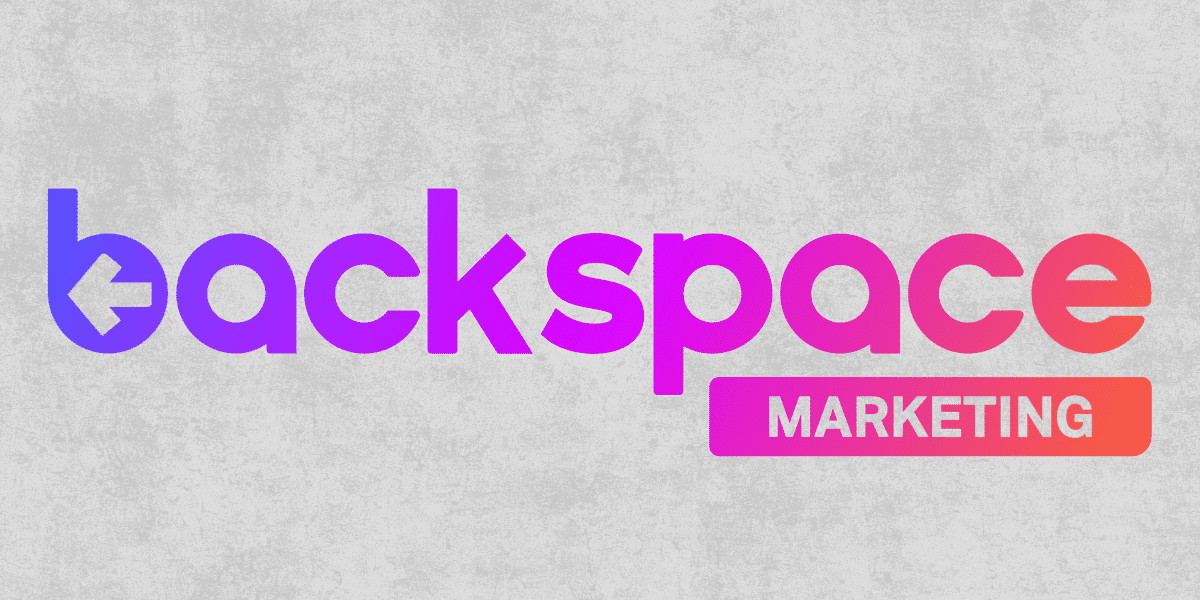Entering the world of traditional publishing can seem overwhelming for many authors. It’s a world filled with its own set of rules, processes, and expectations. Understanding traditional publishing is essential for anyone looking to make his or her mark in the literary world. This guide will help you navigate the traditional publishing landscape, providing you with the crucial knowledge you need to succeed.
Understanding Traditional Publishing
Traditional publishing refers to when a publishing house takes over the production, distribution, and selling of your book. The publisher manages editing, book design, and marketing. Unlike self-publishing, where you handle everything yourself, traditional publishing involves a contract with a publisher.
There are several benefits to traditional publishing including professional editing, design, and broader distribution. There are also some downsides like, less creative control and a longer process. Understanding these aspects helps you navigate the traditional publishing journey.
The Traditional Publishing Process
Understanding the traditional publishing process is key to navigating this world effectively. Here is a systematic guide to help you through the journey from manuscript to bookstore.
Submitting Your Manuscript
The first step in traditional publishing is to submit your manuscript. You can do this either through a literary agent or directly to a publisher.
- Literary Agents: Many authors start by finding a literary agent. Agents are professionals who represent your work to publishers. They help polish your manuscript and pitch it to the right publishing houses.
- Direct Submissions: Some publishers accept direct submissions from authors. Check the publisher’s website for their submission guidelines, as each publisher has different requirements.
Publisher’s Evaluation
Once your manuscript reaches a publisher, they will evaluate it to decide if they want to offer a contract.
- Initial Review: Publishers often have a team that reviews submissions to determine if they align with their current needs and market trends.
- Offer of Publication: If the publisher is interested, they will offer a contract. This is where understanding traditional publishing becomes crucial, as you’ll need to review and negotiate the contract terms.
Editing and Revisions
After accepting your manuscript, the publisher will begin the editing process.
- Content Editing: This involves substantial changes to improve the overall structure and flow of your manuscript. It may include rewriting sections or reorganizing content.
- Copy Editing: This focuses on grammar, punctuation, and consistency. It ensures your manuscript is polished and error-free.
- Proofreading: The final step is proofreading to catch any remaining typos or minor errors before the manuscript goes to print.
Contract Negotiations
Understanding and negotiating your publishing contract is a key part of the traditional publishing process.
- Advance Payments: Publishers may offer an advance against future royalties. This is an upfront payment that you do not have to repay.
- Royalty Rates: Your contract will specify how much you earn from each sale of your book. Be sure to understand how royalties are calculated.
- Rights and Responsibilities: The contract will outline what rights you are granting to the publisher and any responsibilities you have, such as promoting your book.
Production and Distribution
Once the manuscript is finalized, the book moves into production.
- Book Design: The publisher will design the cover and layout of your book. You may have some input, but the publisher typically makes the final decisions.
- Printing: The book is then printed and prepared for distribution.
- Marketing and Sales: The publisher will handle marketing and sales efforts to get your book into bookstores and online retailers.
Release and Beyond
After production, your book is ready for release.
- Book Launch: The publisher will plan and execute the book launch, which may include book signings, author interviews, and promotional events.
- Ongoing Sales: Sales efforts continue as the book is distributed and promoted through various channels.
Traditional Publishing Guide: Key Steps for Authors
Navigating traditional publishing requires a clear strategy. Here is a traditional publishing guide to help you through the essential steps:
- Write a Compelling Query Letter: Your query letter is your first chance to make an impression. It should include a brief synopsis of your manuscript, your writing credentials, and why you think the manuscript is a good fit for the publisher.
- Create a Strong Book Proposal: A book proposal outlines your manuscript’s content, market potential, and your qualifications as an author. This is especially important if you are writing non-fiction or if your manuscript is not completed yet.
- Find the Right Literary Agent: Not all agents are the same. Research and find an agent who has experience with your genre and a record of accomplishment of successful placements in traditional publishing.
- Understand Publishing Contracts: Familiarize yourself with common contract terms, including advance payments, royalty rates, and rights. It’s often beneficial to consult a literary lawyer to ensure you fully understand the terms.
Challenges and Considerations
Navigating traditional publishing comes with its own set of challenges and considerations. Understanding these can help you prepare and succeed in the competitive world of publishing.
Dealing with Rejection
- Expect Rejection: Even successful authors face rejection. It is a normal part of the journey.
- Use Feedback Constructively: If you receive feedback, use it to improve your manuscript.
- Stay Persistent: Keep submitting and refining your work. Persistence is key to success.
Understanding Creative Control
- Book Design: The publisher often makes decisions about the cover and layout. While you might have some input, the final say usually rests with the publisher.
- Marketing and Promotion: Publishers handle the marketing, but you should be proactive in engaging with promotional opportunities.
Adapting to Market Trends
- Following Market Trends: Keep up with industry trends and changes to understand what publishers are looking for.
- Adjusting Strategies: Be willing to adapt your approach based on market demands and feedback.
Conclusion
Navigating traditional publishing can be a challenging but rewarding journey. By understanding traditional publishing processes and preparing thoroughly, you can increase your chances of success. Use this traditional publishing guide to navigate the process, from writing a compelling query letter to understanding contracts and building your platform. Your journey into traditional publishing could be the first step toward a successful literary career. Contact Normans Publishing for more.
Published by: Holy Minoza





